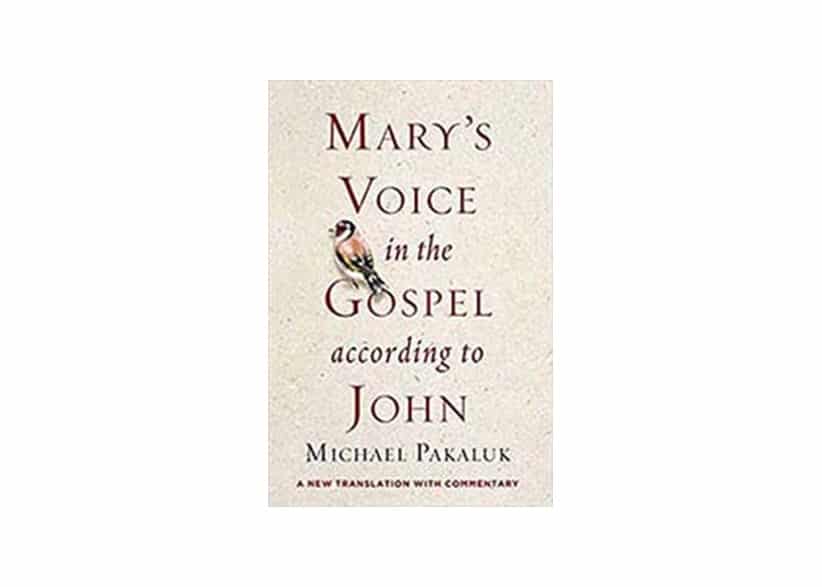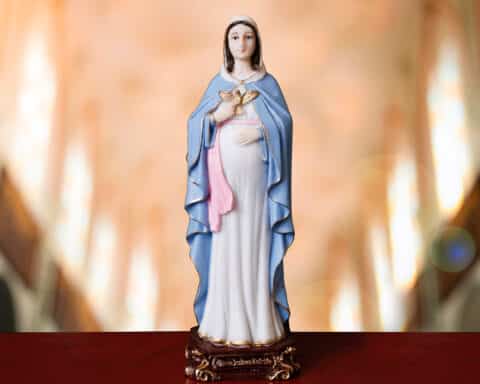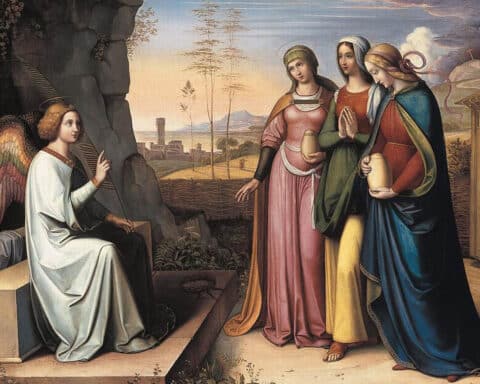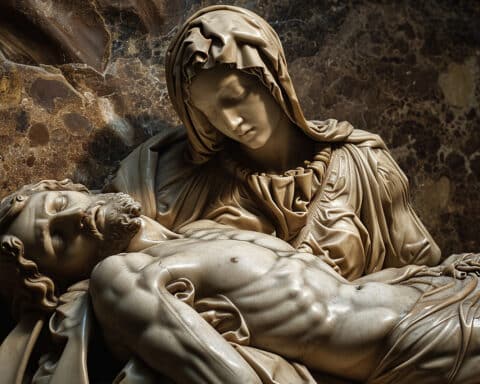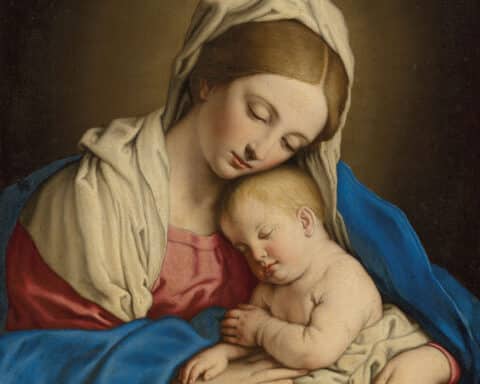Perched on a wooded hillside in western Turkey not far from the ruins of ancient Ephesus, a small stone edifice looks out over the poet Homer’s “wine-dark” Aegean Sea.
Buses frequently pull into a parking area some distance from the building and there unload pilgrims and tourists. The pilgrims approach the stone structure reverently, while even the tourists are subdued, as this modest building is “Mary’s House” — the place where, it is said, the Blessed Virgin lived her last years on earth in the care of St. John the Apostle.
“Woman, behold your son,” Jesus had told Mary as he hung on the cross on Calvary. Then to John, “Behold your mother.” And eventually, so the tradition has it, the two of them found their way to Ephesus, where John composed his Gospel and Mary lived in the little stone house.
Reflecting on all this, a university professor named Michael Pakaluk reached a simple yet startling conclusion: “If Mary the Mother of Jesus lived in the household of John for as many as 30 years, then it should be possible to discern the influence of Mary upon John’s Gospel.”
The outcome of his own discerning can now be found in a book , “Mary’s Voice in the Gospel according to St. John” (Regnery, $28.99). It is partly his translation of the fourth Gospel and partly a substantial body of commentary and notes explaining and elaborating on Mary’s role in its writing.
Pakaluk , a professor of ethics at The Catholic University of America, authored a similar book several years ago on the Gospel of Mark, whose source he traces to the preaching of St. Peter during the years when Mark was his companion and assistant in Rome. There, and in the new volume, he readily admits the absence of conclusive evidence to confirm his theory.
“I will be satisfied,” he writes in the introduction to “Mary’s Voice,” “if I can demonstrate that the theory of Mary’s influence is plausible and reasonable, and interesting and attractive besides.”
Like visitors to Mary’s House in Ephesus, readers of the book must decide the question of authenticity for themselves. If the stone house is indeed where Mary lived, that fact dropped out of sight for hundreds of years until the house was, as it were, rediscovered thanks to visions experienced in the 19th century by the mystic Anne Catherine Emmerich , a bedridden Augustinian nun who was beatified by Pope St. John Paul II in 2004.
The house has been visited by three popes — St. Paul VI, St. John Paul II and Benedict XVI — but the Church has not formally taken any position on whether Mary really did live there. A site in Jerusalem also claims to have been where she lived after Jesus’ death.
Be that as it may, readers of John’s Gospel will certainly find Pakaluk’s theory of Mary’s influence on the Gospel a spur to devotion.
“Mary’s striking characteristics — her contemplative genius, her position as Theotokos [Mother of God], and her profound ability to grasp and express the ongoing reality of the salvation history of the Jewis people — would have made it practically impossible for a thoughtful person to live with her and not be deeply influenced in how he thought about and expressed the life of Jesus,” he writes.
As for St. John, whom the fourth Gospel repeatedly refers to as “beloved,” Pakaluk maintains that he also had special characteristics that increase the likelihood of Mary’s influence on what he wrote: “great self-reserve and humility” and readiness to defer to those whose authority “is attested to by God.”
An early example of Pakaluk’s method is his treatment of the prologue of John’s Gospel. Unlike the Gospels of Matthew and Luke, which begin with Jesus’ human origins, John’s Gospel commences with an affirmation of “the eternal generation of the Son from the Father” expressed in the famous formula, “In the beginning the Word was, and the Word was with God, and the Word was God.”
Just as the infancy narratives of Matthew and Luke “certainly spring from Mary,” so also it is “plausible” to take the opening lines of John’s Gospel as springing from Mary in her role as Theotokos and from “her contemplations while she was pregnant with Jesus,” Pakaluk writes.
Does the fourth Gospel reflect many hours spent by John in a small stone house outside Ephesus sharing memories with Mary the Mother of Jesus and absorbing her reflections on the wonderful things that had happened in far-off Palestine many years before? Whatever else might be said of it, that’s a mighty intriguing idea.
Russell Shaw is a contributing editor for Our Sunday Visitor.

